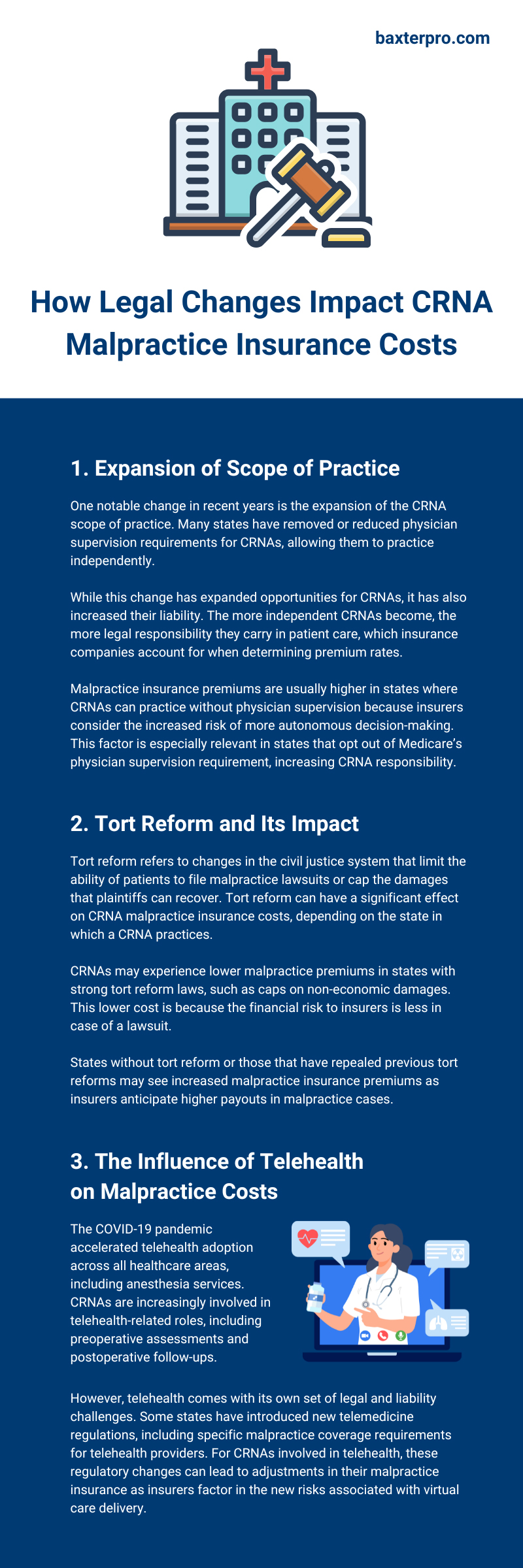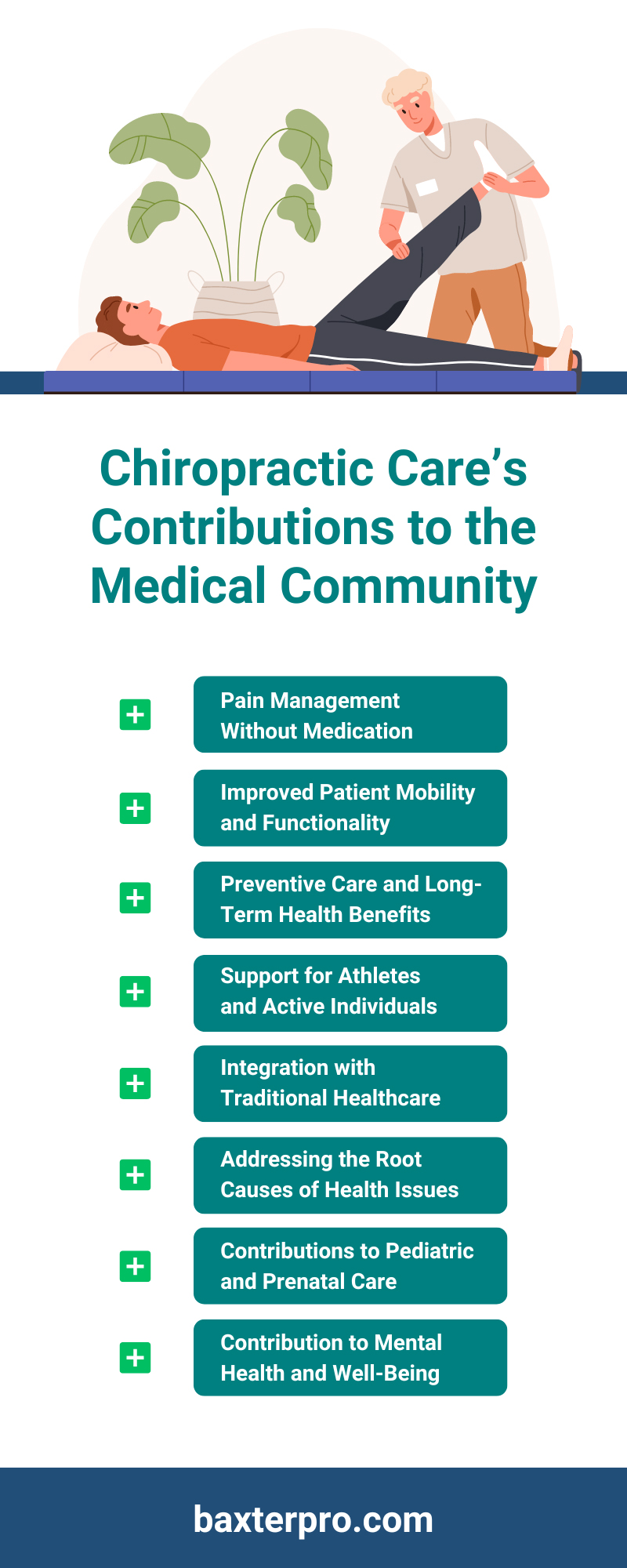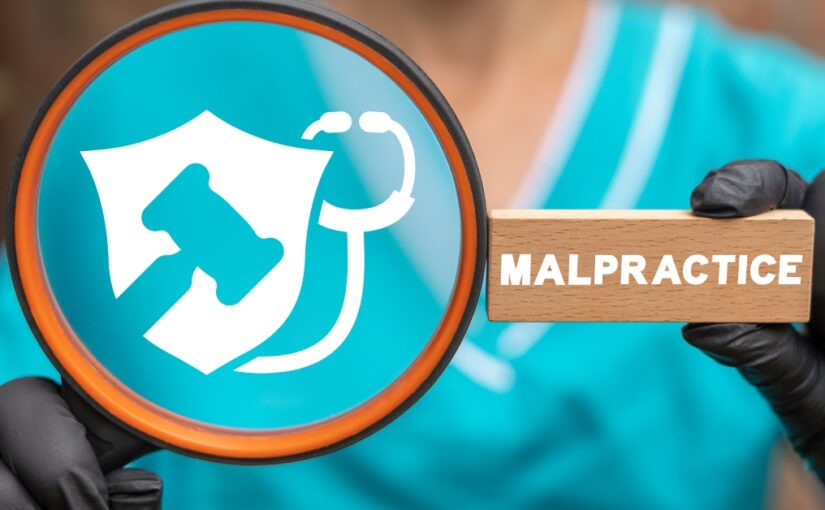The global COVID-19 pandemic has profoundly affected various sectors, with health-care professionals facing unique challenges in providing care while managing the impact of the virus. One area that has experienced significant disruption is medical practice liability insurance.
As health-care providers adapt to new patient care models, infection control protocols, and changing regulations, medical malpractice insurance for individual practices and groups has become a critical concern. Let’s explore the impact of COVID-19 on medical practice liability insurance and what health-care professionals should consider moving forward.
Changes in Risk Exposure for Health-Care Providers
The onset of the COVID-19 pandemic introduced new risks for health-care providers. For many practitioners, especially those working on the frontlines, the risk of exposure to the virus was immediate and unavoidable.
The fear of contracting or transmitting the virus to patients, family members, or colleagues raised concerns about the adequacy of existing liability insurance. In addition, the surge in demand for medical care placed strain on health-care facilities, often leading to overwhelmed staff and stretched resources. As a result, the risk of medical errors, delayed treatments, and compromised patient care increased.
Medical practitioners also faced new legal challenges. Some patients contracted COVID-19 due to exposure within health-care settings, leading to an increase in liability claims against providers. The complex nature of COVID-19, combined with evolving treatment protocols and limited initial understanding of the virus, made it difficult for providers to follow established procedures with certainty. Consequently, many health-care providers found themselves facing new types of liability issues they couldn’t immediately handle.
The Rise of Telemedicine and Its Impact on Liability Coverage
Telemedicine has become an essential tool for health-care providers during and after the pandemic, allowing practitioners to continue patient consultations while maintaining social distancing. This shift to virtual care has significantly changed the landscape of medical practice liability insurance. While telemedicine offers many benefits, including increased access to care and reduced exposure to the virus, it also introduces new risks.
Health-care providers offering telemedicine services face unique liability concerns, like the potential for miscommunication, misdiagnosis, or failure to assess patient conditions without physical examination. Medical malpractice insurance policies, traditionally designed for in-person visits, may not cover telemedicine consultations unless explicitly stated in the policy.
Insurance providers have responded by adjusting their offerings to accommodate the rise in telehealth. However, health-care professionals must update their coverage to ensure telemedicine provisions exist.
Increased Claims Activity During the Pandemic
One significant impact of COVID-19 on medical practice liability insurance is the increase in medical malpractice claims. The pandemic led to a rise in litigation for several reasons.
First, patients experienced delays in treatment due to overwhelmed hospitals and limited access to health-care services. This delay in medical care resulted in claims related to missed diagnoses, postponed surgeries, and treatment delays. Second, patients who contracted COVID-19 in health-care settings brought claims against providers, citing inadequate safety protocols or failure to protect against exposure.
In addition, many health-care providers made difficult decisions during the pandemic, like triaging patients and allocating limited resources. These decisions led to heightened concerns about whether patients received appropriate care, further increasing liability risks.
Changing Coverage Needs and Policy Modifications
As the health-care landscape rapidly changed during the pandemic, so did the nature of the insurance coverage required. Providers found that their existing medical malpractice insurance policies were insufficient for the new challenges created by COVID-19. Insurance companies recognized this gap and began offering policy amendments and extensions to better align with the evolving health-care environment.
For instance, some insurers introduced specific coverage provisions for COVID-19-related claims, including protection against claims involving patient exposure to the virus. Others added coverage for telemedicine or expanded coverage for emergency response scenarios. However, not all policies accurately reflect these changes, so health-care providers must carefully review their policies to ensure they have the coverage they need.
Financial Implications and Premium Adjustments
The financial implications of the COVID-19 pandemic on medical practice liability insurance are significant. As insurance companies adjust to the evolving risks associated with the pandemic, they may increase premiums to compensate for the increased likelihood of claims. High-risk specialties, like emergency medicine and critical care, may see premium hikes due to the elevated risks these practitioners face.
In addition, the pandemic’s long-term impact on health-care delivery models could affect pricing structures. Practices that have successfully implemented telemedicine or adopted other risk-reduction strategies may find that they can maintain or reduce their premiums. Conversely, practices with higher risk exposure may see their premiums increase, reflecting the higher likelihood of claims.
Health-care providers need to understand how their insurance premiums may change in response to the pandemic and evolving risk factors. Comparing different insurance providers and exploring the potential for cost-effective risk management strategies can help mitigate the financial burden associated with premium increases.
Legal and Regulatory Challenges
The COVID-19 pandemic introduced numerous legal and regulatory challenges for health-care providers. Many jurisdictions implemented temporary legal protections for health-care workers, shielding them from liability related to COVID-19 treatment and care. These protections helped prevent health-care professionals from being overwhelmed by lawsuits related to the virus, but the legal landscape is still in flux.
In some cases, health-care providers may have liability protection for certain COVID-19-related claims while remaining vulnerable to other claims, including allegations of negligence in patient care or failure to follow established safety protocols. Providers must stay informed about changes in legislation and regulatory requirements in their area to ensure compliance with the latest protections and guidelines.
Risk Management and Mitigation Strategies
With the changing landscape of medical practice liability insurance, health-care providers must adopt effective risk management strategies. Implementing robust infection control protocols, ensuring proper documentation, and maintaining effective communication with patients can all help mitigate liability risks.
Investing in professional training and ensuring that staff members understand the latest treatment protocols and patient care guidelines can also reduce the likelihood of malpractice claims. By proactively managing risks and taking steps to minimize exposure, health-care providers can better protect their practices and reduce the impact of COVID-19 on their liability insurance.
Looking Ahead: The Future of Medical Practice Liability Insurance
As the world recovers from the COVID-19 pandemic, medical practice liability insurance will continue to evolve. Health-care providers should expect ongoing changes in the coverage options available and remain vigilant in adapting to new risks. The lessons learned during the pandemic may lead to more flexible and comprehensive insurance policies in the future, providing better protection for health-care professionals.
Moreover, insurance companies may introduce more tailored policies for specific medical fields, recognizing the unique risks faced by different types of providers. This increase in policy options could lead to more customized coverage options and more competitive pricing structures that better reflect the varied needs of health-care professionals.
The impact of COVID-19 on medical practice liability insurance forces health-care providers to remain proactive in understanding the risks they face and to ensure that their insurance coverage aligns with the evolving health-care environment. The role of medical malpractice insurance for groups is increasingly important in managing collective risks and securing long-term sustainability for practices. Contact Baxter & Associates to find malpractice insurance that adequately protects your practice in the face of future challenges.
















